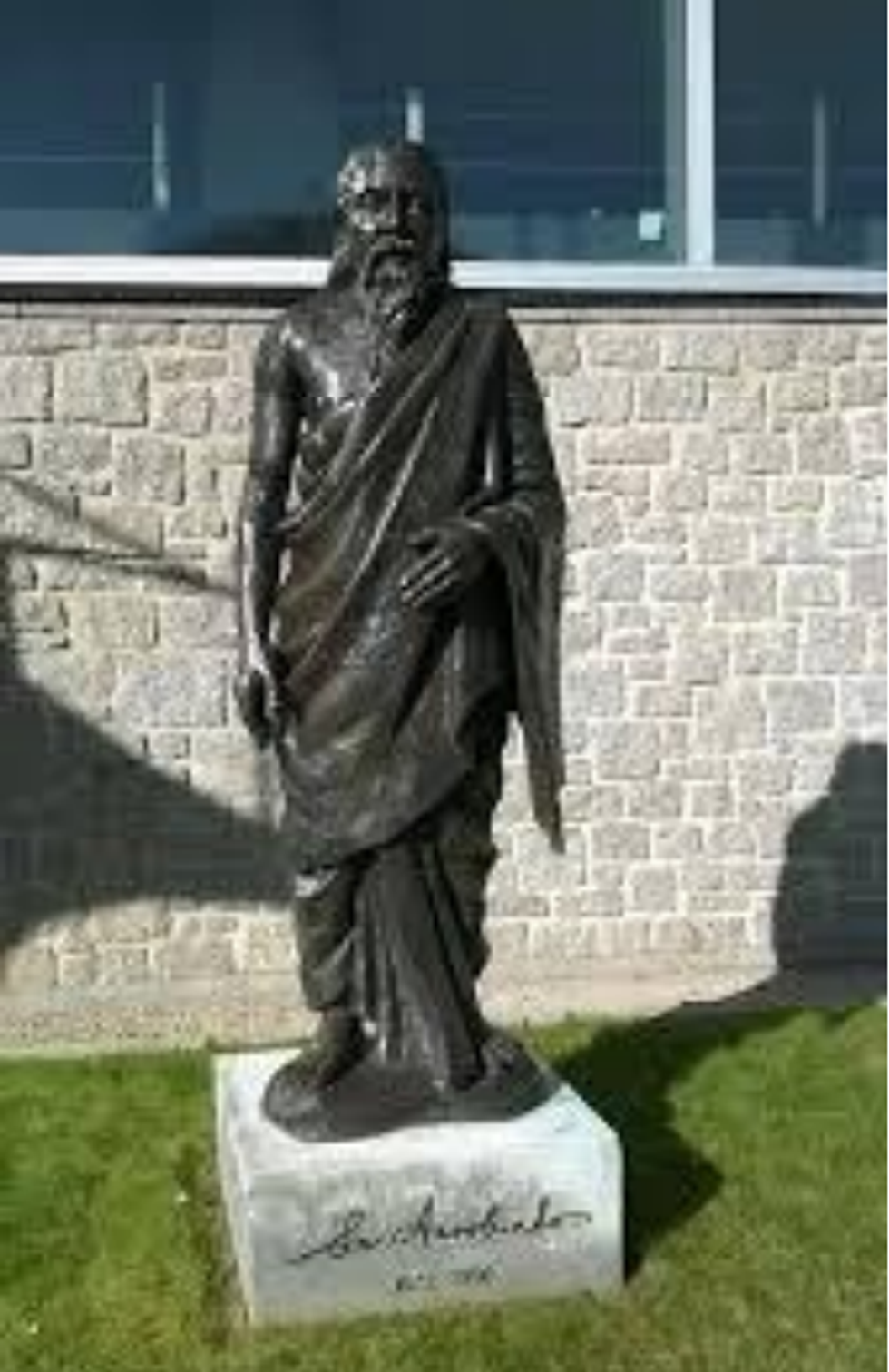KIRAN LYALL ON WHY LEARNING PUNJABI IS KEY TO STRONG TO FAMILY LINKS
by MITA MISTRY
London-based author and mother of two Kiran Lyall is reconnecting young children to their south Asian heritage with a series of publications that include recent bilingual puzzle books My Panjabi Puzzles and a first-of-its-kind My Panjabi Dot-To-Dot.
Her easy-to-follow books give young children a fun way to learn about the Punjabi language and culture. The author, writer and teacher has also developed Funjabi Tuition, where she teaches children to speak, read and write Punjabi through a unique curriculum.
Eastern Eye caught up with Kiran Lyall to talk about her unique books and key advice she would give parents with young children.
What first made you write children’s books about Punjabi culture?
The initial connection was made when I saw my cousin and grandma not being able to converse with each other. I couldn’t understand how a language had become lost within two generations. The ability to read and write had been dropped within one generation, and it was even more heartbreaking to see the spoken word was being lost too. This triggered my foundation book Have Fun With Panjabi Book 1 allowing children born outside of India to independently learn to speak basic Punjabi using English phonics.
Tell us about the books you have done?
I have eight books to my name, alongside illustrator Venisha Sudra. Seven are focused on different areas of learning Punjabi. The beauty is how they all tie in with one another. The Have Fun With Panjabi range introduces the spoken word, My First Panjabi Alphabet introduces reading and writing and the Vidya Reading Scheme celebrates reading. Watching a child read a story in Gurmukhi (Punjabi script) independently is priceless, and for them to be able to relate to the stories is a double whammy.
Tell us about your new books My Panjabi Puzzles and My Panjabi Dot-To-Dot?
Last year, I was presented with the challenge to create puzzle books, not only for children, but for elders too. The more I researched the topic, the more I discovered that there is a real need, in particular, for those who have suffered an illness requiring help with mental exercises, such as sudoku and wordsearch. Also, since last year, I have been creating weekly language Budhvaar Brainteasers on my Instagram page and the response has been fantastic. Hence, it was great to showcase not only my brainteasers in these books, but my other puzzle creations too.
What kind of feedback have you had?
I’ve had positive feedback, especially from teachers, both in mainstream education and Punjabi schools. In mainstream schools, my books have been used for language days, World Book Day, games have been based on them, festivals and so on. I regularly attend schools for author workshops. There are many Punjabi schools, which use my books too, in particular, My First Panjabi Alphabet.
Why did you decide to spell Punjabi with an ‘a’ as Panjabi?
I am often asked about the spelling of Punjabi. When writing my first book, I was advised by academics that Panjabi is the correct way.
Do you think the new generation is getting disconnected from their south Asian culture?
Sometimes it may appear so. However, if we look simply at the support of my work and the commitment given from my students, then it is obvious that people want to keep the Punjabi language alive and stay connected to their culture.
What key advice would you give parents wanting to connect their children to their south Asian mother tongue?
Immerse yourselves in all things connected to your mother tongue. Food, books, child-friendly music, films, clothes, games, dance and the list goes on. Try including at least one of these in your day. Music is my personal favourite. Having a sing-off on the school run is so much fun, and I don’t even drive. I love the song GT Road Te and my youngest does too. We replace keywords with his own interests. And second, be excited and be realistic.
What do you mean?
You can’t expect a child to be excited about learning a language if you’re not that fussed about it yourself. Being able to speak a language fluently can take years. Whichever stage your child is at, encourage them wholeheartedly.
Tell us about your Funjabi Tuition?
It is where I bring all of my creative work to life, teaching children Punjabi through books, drama, songs and puzzles, all penned by me. I have devised a unique method and full curriculum taking complete beginners of Punjabi to become confident speakers, readers and writers. A lot of my curriculum is based on popular culture and interests. The children I teach connect more with the likes of Panjabi MC and Lilly Singh, rather than traditional artists and themes that I love. One thing that has become most apparent since starting Funjabi Tuition is the sheer joy and confidence being bilingual brings to a child.
Tell us more…
Over 60 per cent of my lessons are now taught with solely Gurmukhi on the whiteboard, which alone is a huge achievement in itself. Songs play a huge part of my teaching style. I have now penned over ten children’s nursery rhymes-songs for my tuition and the response to them is well received. The first one I wrote, The Rung Song, was created as a little sing-song with my youngest when he was only two years old, and to now think that it is an essential classroom tool is simply phenomenal.
What inspires you?
My aim was to make the Punjabi language more accessible to the younger generation, so I would have to say my children and students inspire me the most. I love how they take an obvious answer to a completely different dimension. One minute we’re talking Punjabi vowels and the second minute we’re singing The Lion King, Circle of Life.
kiranlyall.com and funjabituition.com















 Heehs describes two principal approaches to biographyAMG
Heehs describes two principal approaches to biographyAMG
